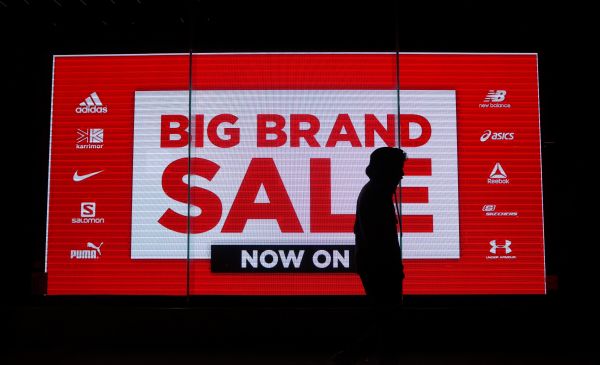Branding Strategy Insider helps marketing oriented leaders and professionals like you define and grow brand value. BSI readers know, we regularly answer questions from marketing oriented leaders and professionals everywhere. Today we hear from Aaron, a Chief Marketing Officer in Chicago, Illinois who asks this question about measuring brand equity for B2B brands.
Branding Strategy Insider, I read your article on measuring brand equity. How does this apply for B2B brands?
Thanks for your question, Aaron. The same five drivers in our model above work for B2B brands. As the approach to marketing B2B and B2C brands shift to B2P – Business to People, this model has grown in relevance and we have used it to successfully measure the equity of many B2B brands in a wide range of categories. Let’s take a closer look.
Emotional Connection And B2B
When thinking about emotional connections as a driver, there is a temptation to believe that B2B brands lack emotion because they are subject to highly logical decisions. That’s not the case – B2B is purchased emotionally as well as logically – but the emotions for buying B2B are very different from those of consumer brands. For the most part, B2B brands need to focus on risk alleviation. That means that in contrast to the excitement that consumer brands are looking to generate, B2B brands need to focus on generating emotions centered on reassurance – professionally, technically, financially, legally and of course personally (for those championing use of the brand itself). The importance of measuring emotional connections to a B2B brand cannot be over-emphasized.
Accessibility And B2B
Accessibility comes into play when a customer has to decide between a preferred brand that is less accessible and another brand that is more accessible. When the difference in accessibility between brands is significant, people often choose the more accessible brand. Case-in-point, one of The Blake Project‘s B2B clients routinely wins new business from competitors by having all items in stock and being able to ship overnight in a category in which out of stock items are common, even though that creates costly production shutdowns for the category’s customers.
Relevant Differentiation And B2B
Regarding relevant differentiation, the relevant benefits in B2B categories tend to be more functional – durability, responsiveness, 24/7 technical support, etc. versus B2C benefits, the strongest of which are usually emotional, experiential or self-expressive, not functional.
Value And B2B
Regarding value, this is just as important in B2B and its surprising how few other brand equity measurement models measure this. Value has a numerator and a denominator. The numerator consists of the bundle of benefits the brand delivers. The denominator recognizes that there are financial, time and other costs to receiving those benefits. Value can be understood as the ratio of these two. We measure perceived value of the brand. We also measure perceived quality of the brand.
Awareness And B2B
The one aspect that can make measuring brand equity for B2B clients more complex is “unaided awareness” because typically we use client customer, lead and prospect lists to field the research. This obviously biases the brand awareness results. In B2C surveys, we almost always use independent consumer panels, eliminating brand awareness bias. One way to mitigate this problem for B2B clients is to buy lists. This works well in some B2B categories (in which the target customer is well defined and easily targetable) and not so well in others.
Having said all of this, the same five drivers – awareness, relevant differentiation, value, accessibility and emotional connection are as important for B2B brands as they are for B2C brands.
We hope this is helpful Aaron.
Do you have a question related to brand and growth strategy? Just Ask The Blake Project
The Blake Project’s brand equity measurement system is comprehensive, measuring each of the five drivers of customer brand insistence – awareness, relevant differentiation, value, accessibility and emotional connection – along with other factors such as brand vitality, brand loyalty, brand personality and brand associations. Contact us for more on brand equity measurement
Branding Strategy Insider is a service of The Blake Project: A strategic brand consultancy specializing in Brand Research, Brand Strategy, Brand Growth and Brand Education




